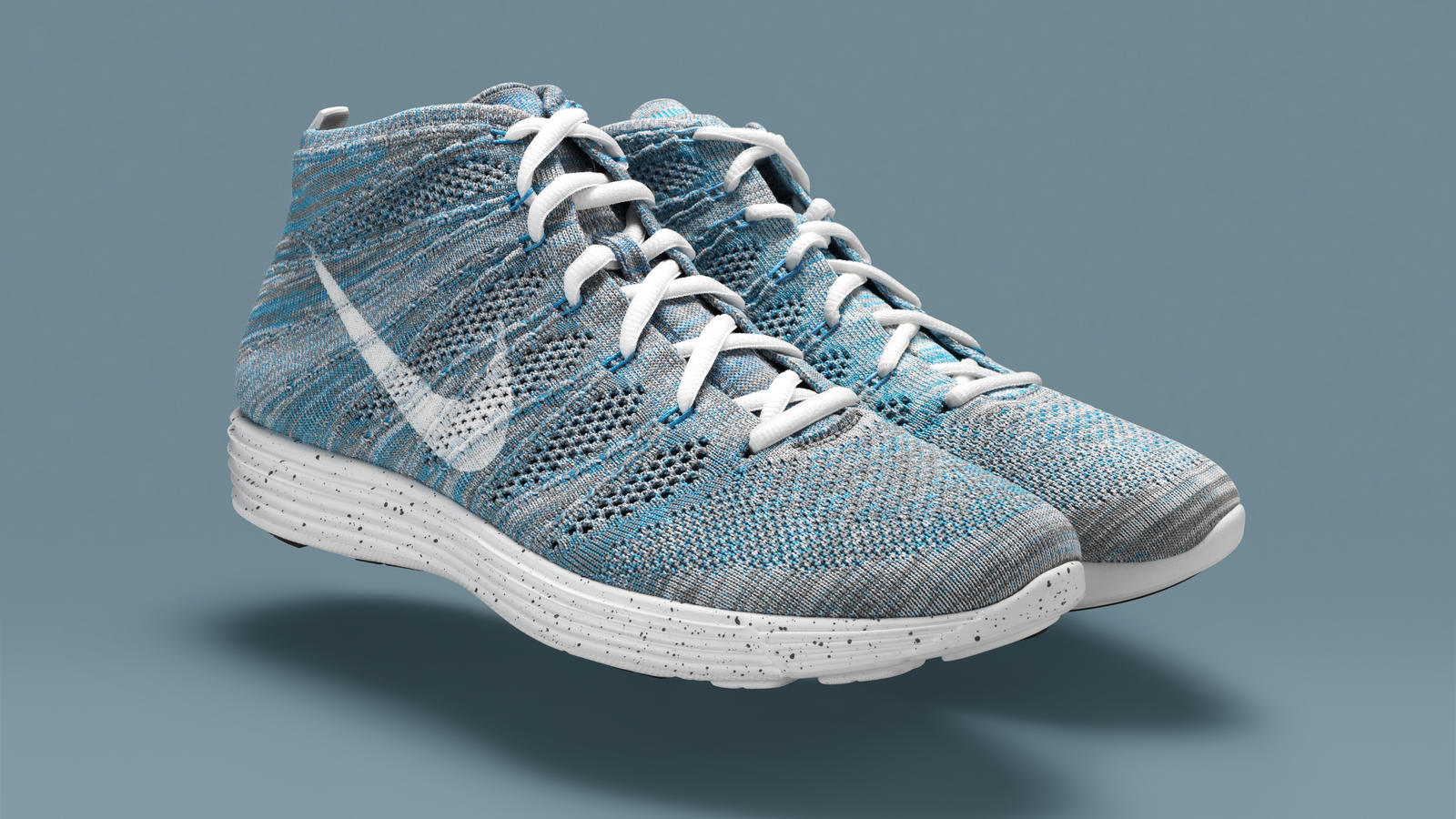THE SNEAKER MAN: NPD GROUP’S MATT POWELL TAKES US INSIDE THE LUCRATIVE MARKET


Few people are as well informed about the sneaker market as Matt Powell, a sports industry analyst from market information service NPD Group. With an extensive background working for major retailers like Jordan Marsh, Sport Mart, Sneaker Stadium and Modell’s, Powell is undoubtedly an expert in his field.
Q: Can you give us an overview of what is going on in the sneaker world these days; has it peaked or is there still growth ahead?
A: The sneaker business is good and I think will stay good. This is not a cycle, this is a permanent state. The millennial consumer is super focused on fitness and health. They’ve never worn anything but sneakers and while they may not be allowed to wear sneakers to work, they want shoes that feel like sneakers. It’s really interesting, when you look below the top line sales, there is tremendous volatility by category. The retailers and the brands able to navigate through those volatilities are the ones that remain successful.
Q: What categories are up at the moment?
A: Classic footwear, retro styles and 1990s running shoes in particular are really hot right now. Probably in the second half of this year, there will be a little bit of a bump up in running shoes with the Olympics. The brands hold new technologies and release them during the Games where the athletes can showcase them. Basketball styles are down now after three years of performing well and have lost a lot of wind. However, Stephen Curry’s shoe with Under Armour is doing really well.
Q: What’s the average price on a sneaker?
A: The average price of a man’s sneaker in the United States is about $65, so it’s really not expensive. The most expensive sneakers that are sold in real volume are around $200.
Q: In terms of market share, what are the top three brands?
A: Nike and Jordan control about 60 percent of the U.S. market and interestingly Skechers is now the third largest athletic shoe brand in the country. They’ve passed Adidas, Asics and New Balance.
Q: How much volume is done in sneaker stores vs. department stores?
A: Athletic specialty channel controls the largest part of the market, followed by sporting goods stores like Dick’s, followed by shoe chains like Famous Footwear or DSW. Department stores are way down the list. Foot Locker is the number-one store.

A: Twenty-three percent. Amazon owns the footwear market online. Foot Locker does a sizable business online and the brands do as well. Two factors are driving the online business. First, the consumer wants more selection, which they can get online. Second, there are limitations on what a physical store can handle in inventory; they’re always going to be out of a particular size. The internet is never out of stock. You layer on free shipping both ways, which is something that Zappos perfected, and it makes shopping online very easy.
Q: What can we look forward to in the future?
A: We’re in the golden age of technology; we have never seen so much technology come out at such a rapid pace. Shoes are so much lighter today, yet they hold up under rigorous conditions. The millennials have changed the business, as they are not as serious about fitness as previous generations. They are very serious about their health but they approach it in a much more lighthearted manner. I’m talking about a concept called light-performance, meaning a shoe that will get me through moderate activities but doesn’t break the bank.
Q: Is there a specific technology you are most excited about?
A: Nike has a newer shoe technology called the Flyknit that has a knitted upper made on a commercial Stoll knitting machine that requires very little labor to produce. Do you know a sneaker can take as many as 300 different manufacturing operations? This new technology takes out two-thirds of that process. As this becomes more commercial, we could potentially see these machines in the Caribbean or Mexico; they may even be used in the U.S., moving production closer to home.
Q: How big an impact do you think that could have on the industry?
A: The real problem for us today is speed to market. Typically, from concept to retail, a shoe takes about 18 months. That’s just not how the fashion world works anymore.




Nice overview, thanks
Very informative. Thanks Matt.
As a fan of sneakers, this article is really helpful. Thanks!